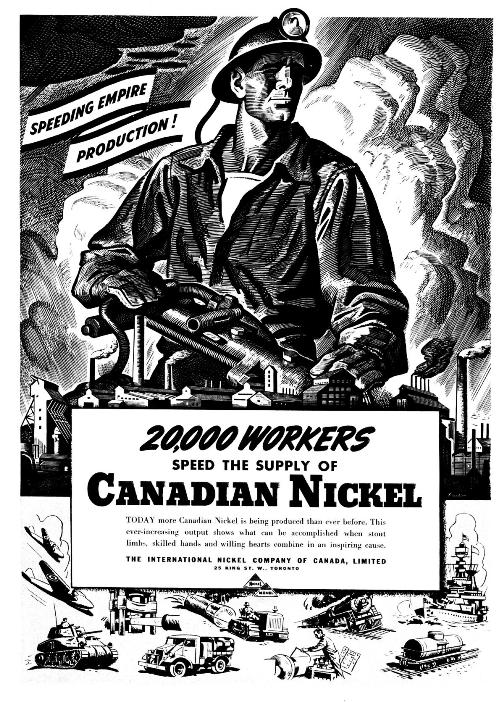There’s a story about the discovery of silver in northern Ontario, and this is how it goes: When the Temiskaming and Northern Ontario Railway (T&NO) line from North Bay to Haileybury and New Liskeard was being completed, it had to pass through a rugged section of the Canadian Shield around the area known as Long Lake. Fred LaRose was a blacksmith hired to work this section. One day in late August 1903, he was working at his forge and a fox suddenly appeared.
Startled, LaRose threw a hammer at the creature. The hammer missed and bounced off an outcropping rock. When LaRose went to retrieve the hammer, he realized that the rock was a vein of metal that turned out to be pure silver.
In all probability, LaRose didn’t throw a hammer and there wasn’t a fox, and although he did discover a massive vein of silver, at the time, he thought it was copper. Nor was LaRose the first to make this discovery. Two other railway workers, James McKinley and Ernest Darragh, had discovered silver just south of the same spot a month before.























